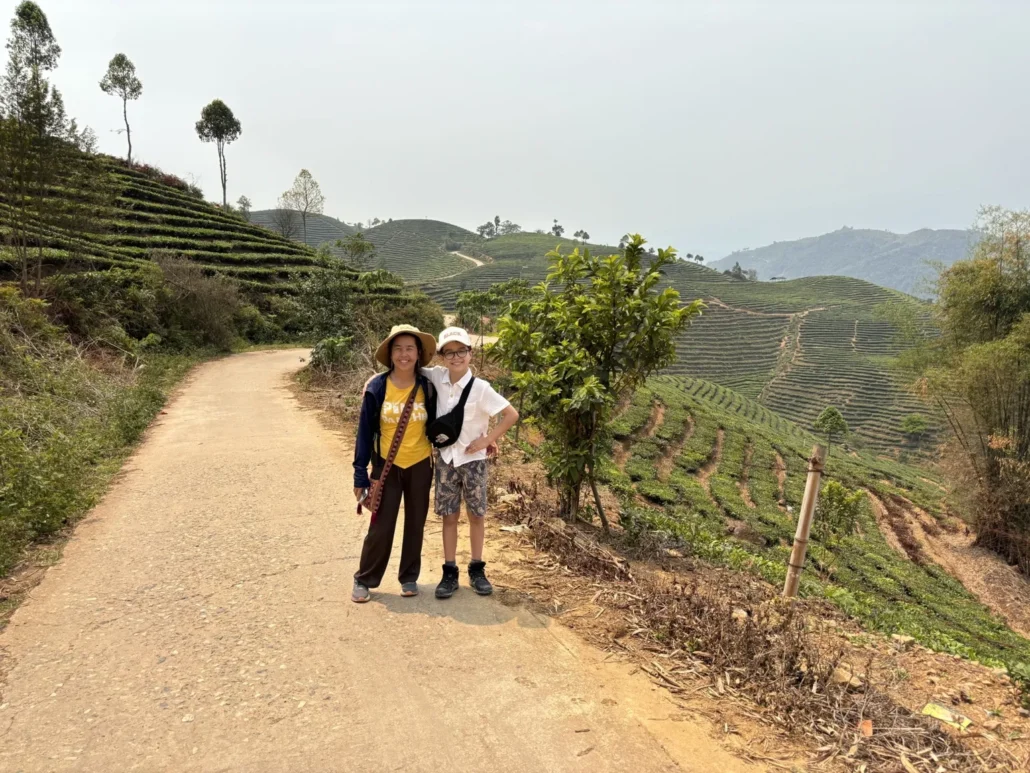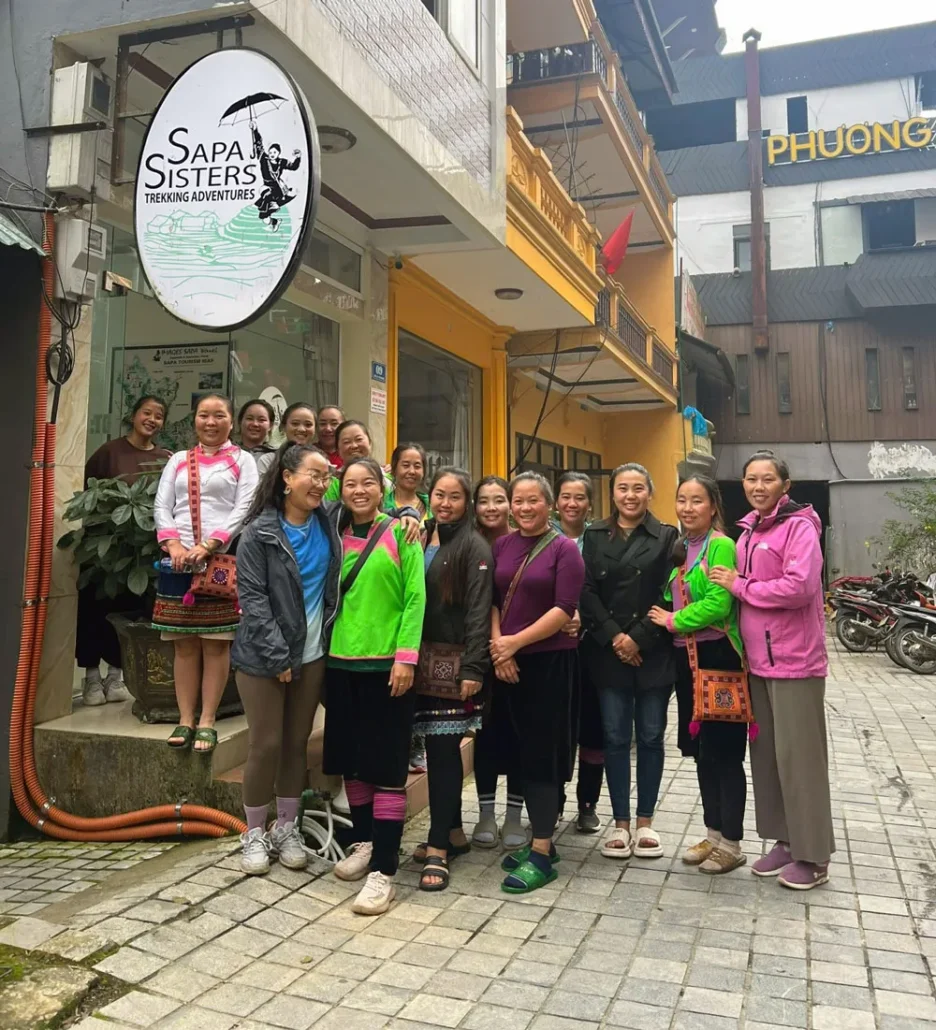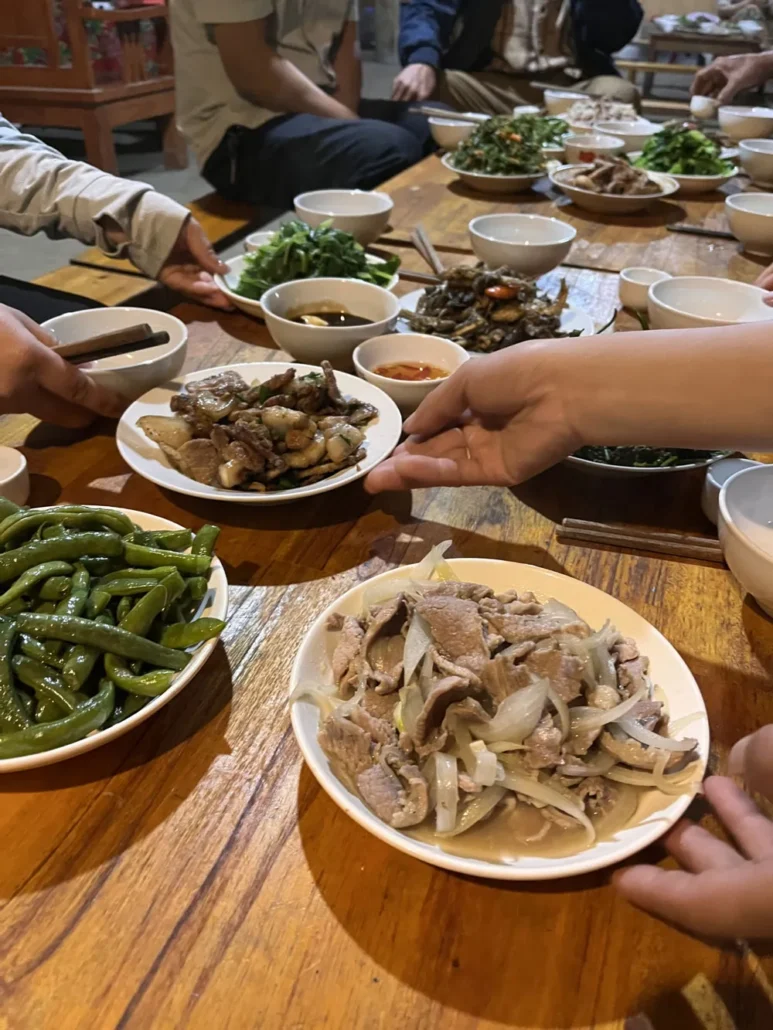Preparing for a Trek: What to Bring on you Sapa Trek or Ha Giang Tour
When embarking on a trek in Sapa, packing light is key to enjoying the journey to the fullest. Here’s a simple checklist of essentials: Mosquito Spray: Protect yourself from pesky insects. Sun Cream: Shield your skin from the strong mountain sun. Lightweight Clothing: Consider bringing thin shirts and a hat to cover from the sun. […]
Preparing for a Trek: What to Bring on you Sapa Trek or Ha Giang Tour Read More »



